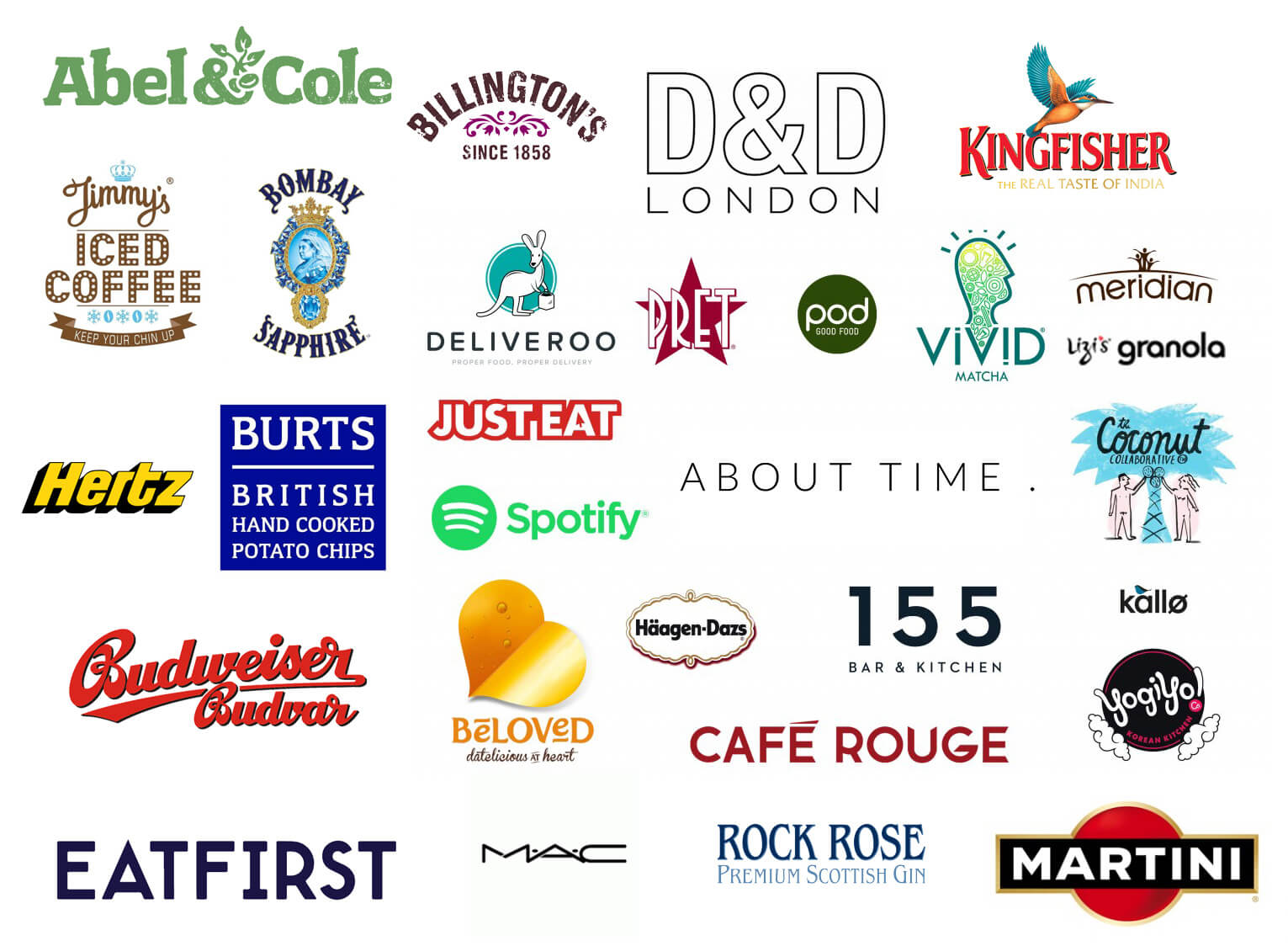How To Ensure Your Diet Gives You Everything You NeedBy Angelica Malin
To get all of the vitamins and minerals your body requires to function properly, you must absorb the proper ones. Although this may appear difficult, knowing that the majority of nutrients required by humans can be absorbed via a healthy and balanced diet will make you feel much better.
If your diet isn’t sufficient to meet your nutritional needs, you may nevertheless take multivitamin tablets. Within this tutorial, we’ll be concentrating on how to incorporate all of the necessary minerals (and vitamins!) into your diet in a healthy way. In conclusion, we’ll show you how to keep a healthy diet. This will be crucial for your nutritional needs. Let’s get started!
We’ve divided this information up into several parts for easier reading:
- Fat-soluble vitamins
- Water-soluble vitamins
- Major minerals
- Trace minerals
Fat-Soluble Vitamins

Fat-soluble vitamins are found in a variety of fatty foods. They are kept in the body instead of being dissolvable. You don’t need to eat huge amounts of fat-soluble vitamins every day because they are stored in the body.
Vitamins A, D, E, and K are the most well-known fat-soluble vitamins. They’re mostly found in animals:
- Oily fish
- Vegetable oils
- Dairy foods
- Animal fats
- Liver
Water-Soluble Vitamins
Water-soluble vitamins, unlike fat-soluble vitamins, are not stored in the body. Instead, they dissolve or travel via urine out of the body. Water-soluble vitamins include all of the B vitamins, as well as Vitamin C and Vitamin B.
- Grains
- Fruit and vegetables
- Dairy foods
Minerals

Minerals are divided into two categories: major minerals and trace minerals. Both areas are vital as each other, although their names imply that they’re kept in different amounts.
The most essential minerals are calcium and iron. They may be found in excessive amounts in animal tissues, including:
- Meat
- Fish
- Milk and dairy foods
Major minerals such as calcium, magnesium, and potassium are also present in fruits, vegetables, and nuts. The same may be said of trace minerals.
How to give your body what it needs
The easiest approach to acquiring all of the above vitamins and minerals is by eating a balanced diet. We’ve collected how to maintain one below with the aid of the NHS Eatwell Guide. Below are five places where you can add these five components into your diet to help you stay healthy.
Fruits And Vegetables: Fruits and vegetables should account for a third of your diet, according to the NHS. If you can, try to consume at least five servings daily.
Starchy Foods: A third of your diet should be starchy foods, which are high in carbohydrates. They’re also a great source of energy because of their fibre content. Whole-grain products, brown rice and pasta, are examples of starchy foods.
Dairy: Protein and calcium are abundant in dairy products like milk and cheese. Dairy items, on the other hand, might be high in fats, so whenever feasible, try for low-fat alternatives.
Protein: To get the most out of your calories, it’s important to have a healthy source of protein with each meal. Lean meats are high in protein (the whiter the better). Lentils, beans, and peas are other good sources. Every week, eat two servings of fish to get enough protein.
Unsaturated Fats: Unsaturated fats are thought of as the “healthier” kind of fat. Vegetable and olive oils, which contain unsaturated fats, can be found in small amounts.
With the information provided, you now have everything you need to fulfil your nutritional requirements! If your diet isn’t sufficient enough to match your needs, consider consulting with a nutritionist or considering supplements.


